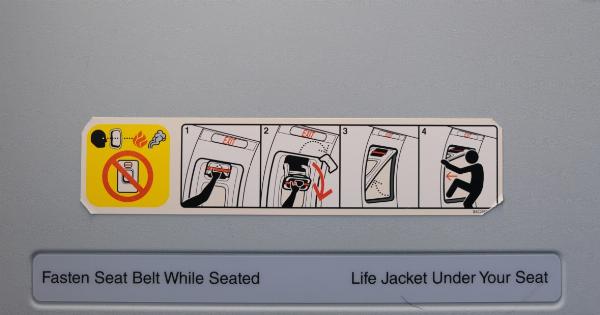Building a home near a gas station can be a convenient choice for those who need easy access to fuel and other amenities.
However, it is essential to be aware of the potential safety hazards associated with living in close proximity to a facility that deals with volatile substances. In this article, we will discuss the recommended safety guidelines for building a home near a gas station and the precautions homeowners should take to minimize risks.
Choose a Safe Distance from the Gas Station
When planning to build a home near a gas station, it is crucial to consider maintaining a safe distance from the facility.
The appropriate distance may vary depending on local regulations and guidelines, but a general rule of thumb is to have a buffer zone of at least 50-100 feet. This distance helps protect the home from potential accidents, fire, and explosions that may occur at the gas station.
Consult Local Zoning Requirements
Before constructing a house near a gas station, it is essential to consult local zoning requirements and regulations.
These regulations outline the specific standards and guidelines for building near gas stations, including setback distances, fire safety measures, and ventilation requirements. Complying with these regulations ensures that the home meets the necessary safety standards and mitigates potential risks.
Implement Adequate Ventilation Systems
One of the critical safety measures when building a home near a gas station is to ensure proper ventilation. Gas stations emit various harmful gases, including gasoline vapors, diesel exhaust, and volatile organic compounds (VOCs).
Designing the home with adequate ventilation systems, such as exhaust fans, will help prevent these gases from accumulating indoors and reduce the risk of health hazards for residents.
Install Safety Measures to Prevent Accidental Ignition
To minimize the risk of accidental ignition near a gas station, certain safety measures should be implemented in the home design and construction.
These measures include using non-combustible building materials, installing fire-resistant doors and windows, and incorporating spark-resistant electrical fixtures. It is also advisable to avoid open flames or flammable objects in areas exposed to potential gas station hazards.
Regularly Inspect Gasoline Storage Tanks
Gas stations typically have underground gasoline storage tanks, which can pose a risk if not adequately maintained. If you plan to build a home near a gas station, it is crucial to ensure regular inspections and maintenance of these tanks.
Leakage or deterioration of storage tanks can lead to soil and groundwater contamination, posing environmental and health risks. By inspecting and maintaining storage tanks, the potential for such hazards can be minimized.
Consider Additional Safety Measures during Construction
During the construction phase of a home near a gas station, extra precautions might be necessary. These precautions can include implementing temporary safety barriers or screens to protect against construction-related sparks or accidental damage.
It is also crucial to communicate with the gas station management regarding construction activities to ensure coordinated safety efforts.
Install Smoke and Gas Detectors
To enhance the safety of a home near a gas station, the installation of smoke and gas detectors is vital.
Smoke detectors can help alert residents in case of fire or smoke-related incidents, while gas detectors can detect the presence of harmful gases such as carbon monoxide. Regularly check and maintain these detectors to ensure their proper functioning and replace batteries as needed.
Create an Emergency Response Plan
Being prepared for emergencies is essential for any homeowner, but it becomes even more crucial when living near a gas station.
Develop an emergency response plan that includes evacuation routes, meeting points, and contact information for emergency services. Educate all household members about the plan, conduct drills regularly, and keep emergency supplies readily available.
Raise Awareness in the Community
Building a home near a gas station often means living in a community with similar risks and concerns.
Consider organizing community meetings or events to raise awareness about safety guidelines, emergency preparedness, and ways to mitigate potential risks. Encouraging open dialogue and active participation within the community can significantly contribute to overall safety and disaster resilience.
Stay Informed about Gas Station Safety
Lastly, always stay informed about gas station safety guidelines and best practices. Stay updated on local regulations, new safety technologies, and advancements in construction materials.
Regularly educating yourself about safety measures will help you adapt to changing circumstances and ensure the continued wellbeing of your family and property.
Conclusion
Building a home near a gas station requires careful consideration of safety guidelines and adherence to local regulations.
By choosing an appropriate distance, implementing ventilation systems, installing safety measures, and having an emergency response plan, homeowners can minimize potential risks. Remember, staying informed and raising awareness within the community plays a vital role in creating a safe and secure living environment near gas stations.































